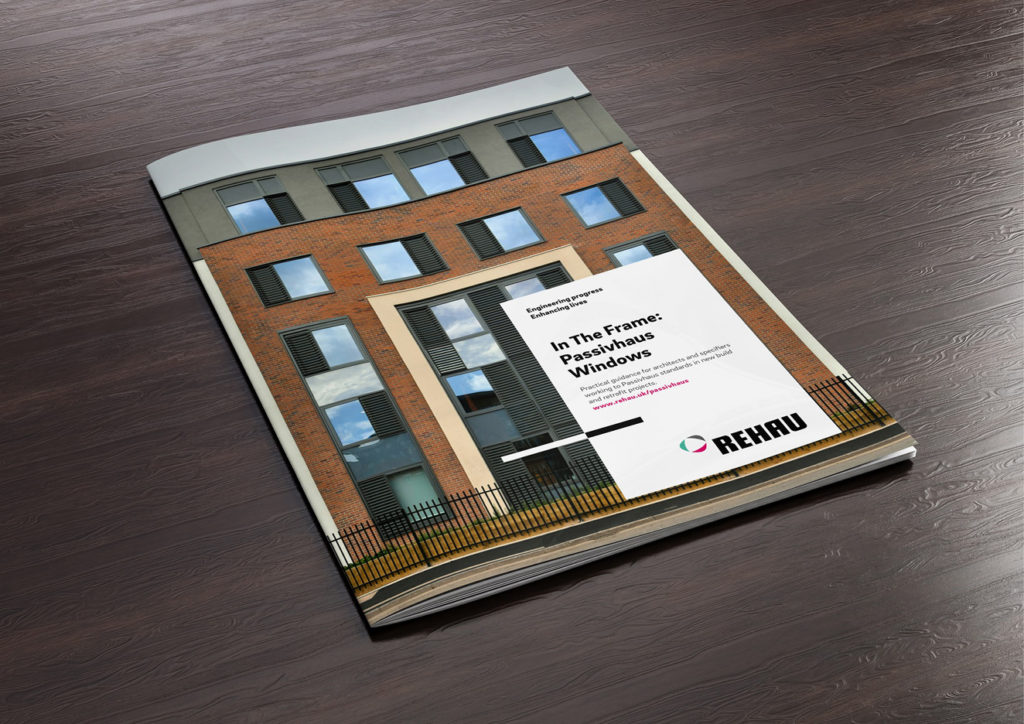As the ongoing energy crisis further underlines the need for efficient home design, local authority window specifiers are being implored to explore Passivhaus principles to futureproof new and existing building stock.
According to technical experts at systems company, REHAU, the performance criteria laid out under Passivhaus can assist in overhauling existing building design criteria as net zero demands begin to accelerate. Specifically, Steve Tonkiss, Head of Sales – South, at the polymer supplier, believes that greater awareness of Passivhaus principles and how they impact areas such as window design will help make housing more sustainable.
“Passivhaus has long been regarded as a hard-to-reach goal in building design, but its focus on thermal efficiency has never been more topical,” explained Steve. “Consequently, we think it is important that more local authority stakeholders consider the principles behind the concept and how it can affect specification. This is especially important considering recent updates to the Future Homes Standard and ongoing speculation that thermal performance requirements will soon begin to mirror this strict certification — something that is already being discussed in Scotland.
“Indeed, we have often found that while many across the supply chain are aware of the Passivhaus concept, it is only in more general terms. Being able to provide a technical steer on this fascinating topic will be key to a paradigm shift in building design, especially when it comes to window specification. It is for this reason that we have published a new guide to provide greater clarity on the topic, and how implementing the technical points that have arisen from Passivhaus can lead to more sustainable and efficient homes.”
 REHAU’s new guide, In The Frame: Passivhaus Windows looks at key factors differentiating Passivhaus windows from traditional designs, including airtightness, insulation, ventilation and thermal bridging, and how these negate the need for additional air recirculation. Key to the guide is the message that frames do not need to be certified by the Passivhaus Institute — the organisation enforcing these higher standards — to work successfully in either new and retrofit builds.
REHAU’s new guide, In The Frame: Passivhaus Windows looks at key factors differentiating Passivhaus windows from traditional designs, including airtightness, insulation, ventilation and thermal bridging, and how these negate the need for additional air recirculation. Key to the guide is the message that frames do not need to be certified by the Passivhaus Institute — the organisation enforcing these higher standards — to work successfully in either new and retrofit builds.
“This guide has been developed to demonstrate that Passivhaus is not a binary concept, in which a structure achieves the certification or not,” concluded Steve. “Passivhaus instead should be treated as a set of influential design principles that can help foster greener local authority building stock and greater thermal efficiency, which will only become a greater priority as we move closer to net zero.
“It is for this reason that we have detailed the specifications, requirements and key steps behind the Passivhaus concept, and key considerations that specifiers should keep in mind when selecting window frames. By doing so, we hope to enable and unlock new ways of thinking that can help provide further uplifts in building performance in line with both the Future Homes Standard and any additional, more stringent future legislation.”
For more information on Passivhaus and its impact on window design, click here.









